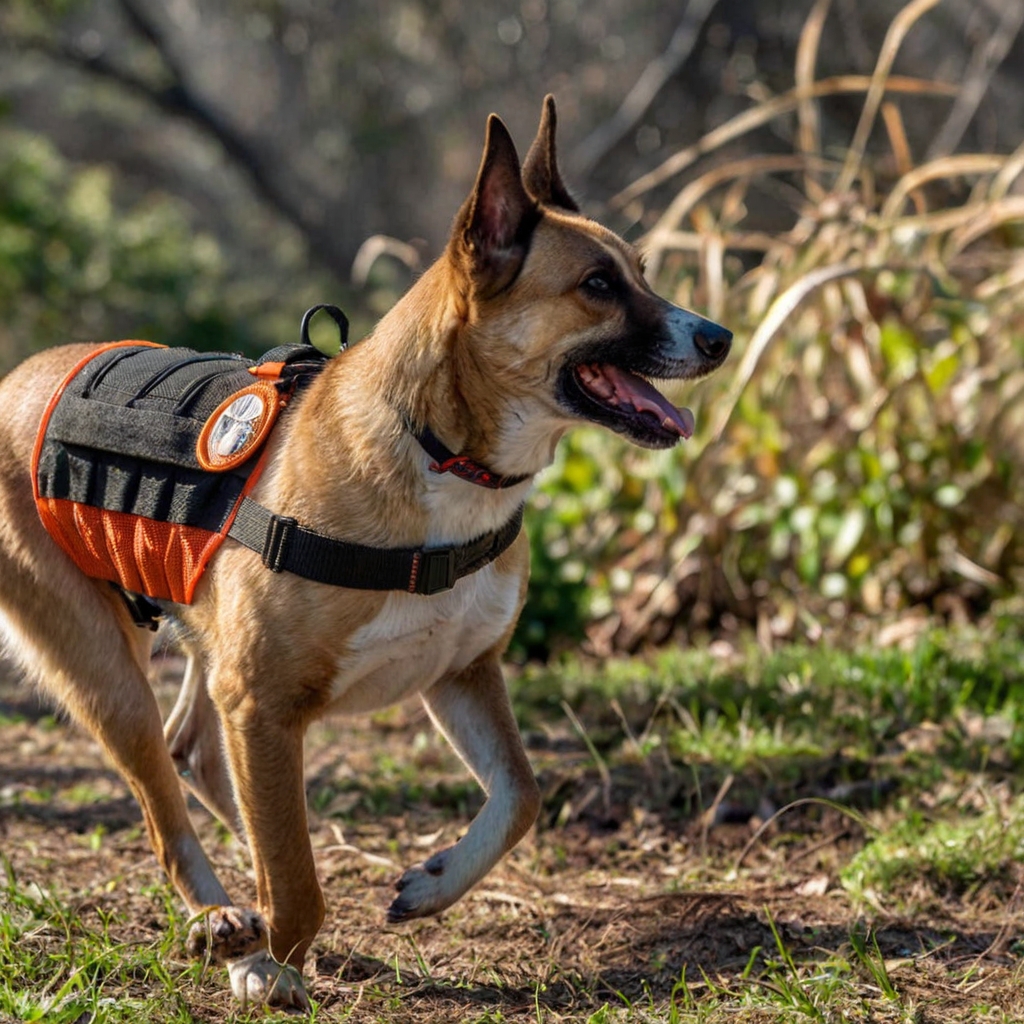Rescue work is a vital aspect of canine care, and various breeds are used to assist in different types of rescue operations. Each breed has its unique characteristics, temperaments, and physical attributes that make them suitable for specific rescue tasks. One crucial aspect of preparing these breeds for rescue work is grooming, which not only enhances their physical appearance but also plays a significant role in their overall health and performance. In this article, we will delve into the different grooming styles for various breeds used in rescue work, highlighting their specific needs and requirements.
Introduction to Rescue Breeds
Rescue breeds are specifically trained and bred to assist in search and rescue operations, disaster response, and other emergency situations. These breeds are chosen for their exceptional abilities, such as keen sense of smell, agility, strength, and endurance. Some of the most common breeds used in rescue work include German Shepherds, Labrador Retrievers, Golden Retrievers, Belgian Malinois, and Bloodhounds. Each breed has its unique grooming needs, which are essential to maintain their physical and mental well-being.
Grooming Styles for Different Breeds
Different breeds require distinct grooming styles to cater to their specific coat types, skin conditions, and physical characteristics. For instance, breeds with thick double coats, such as German Shepherds and Labrador Retrievers, require regular brushing to prevent matting and tangling. On the other hand, breeds with short coats, such as Belgian Malinois and Bloodhounds, require less frequent grooming but need regular nail trimming and ear cleaning.
Coat Types and Grooming Requirements
There are several coat types found in rescue breeds, each with its unique grooming requirements. Some of the most common coat types include:
- Double coats: Breeds like German Shepherds, Labrador Retrievers, and Golden Retrievers have a thick undercoat and a coarser outer coat. They require regular brushing to prevent matting and tangling.
- Short coats: Breeds like Belgian Malinois and Bloodhounds have a short, smooth coat that requires less frequent grooming but needs regular nail trimming and ear cleaning.
- Wire coats: Breeds like Wirehaired Griffons and Scottish Terriers have a thick, wiry coat that requires regular stripping to prevent matting and tangling.
- Curly coats: Breeds like Poodles and Bichon Frise have a curly, non-shedding coat that requires regular grooming to prevent matting and tangling.
Understanding the specific coat type and grooming requirements of each breed is essential to maintain their overall health and performance in rescue work.
Health Considerations and Grooming
Grooming is not only essential for maintaining the physical appearance of rescue breeds but also plays a significant role in their overall health. Regular grooming can help identify potential health issues, such as skin irritations, ear infections, and dental problems. For instance, breeds with floppy ears, such as Bloodhounds and Basset Hounds, are prone to ear infections and require regular ear cleaning to prevent these issues. Similarly, breeds with thick coats, such as German Shepherds and Labrador Retrievers, are prone to skin irritations and require regular brushing to prevent matting and tangling.
Training and Socialization
Training and socialization are crucial aspects of preparing rescue breeds for their work. Grooming plays a significant role in this process, as it helps to build trust and strengthen the bond between the dog and its handler. Regular grooming can also help to desensitize the dog to touch and handling, making them more confident and calm in emergency situations. Additionally, grooming can help to reduce stress and anxiety in rescue breeds, which is essential for their overall well-being and performance.
Conclusion
In conclusion, grooming is a vital aspect of preparing rescue breeds for their work. Different breeds require distinct grooming styles to cater to their specific coat types, skin conditions, and physical characteristics. Understanding the specific grooming needs of each breed is essential to maintain their overall health and performance in rescue work. By providing regular grooming, training, and socialization, we can help to ensure that rescue breeds are prepared to perform their duties effectively and efficiently, ultimately saving lives and making a positive impact in emergency situations.
